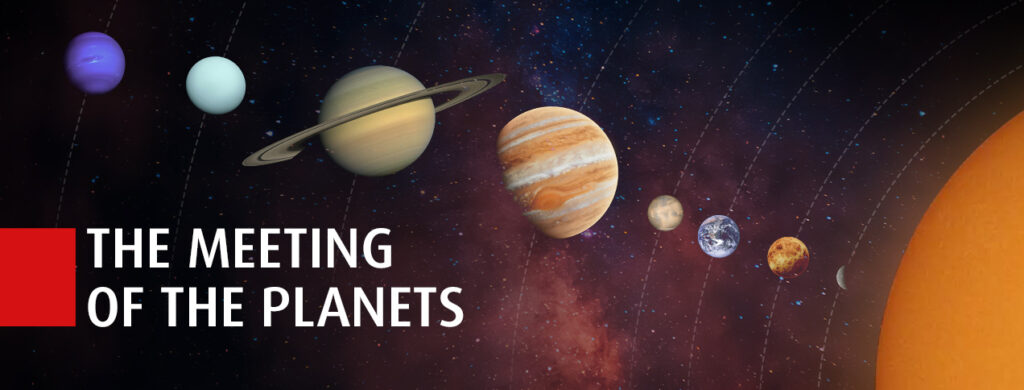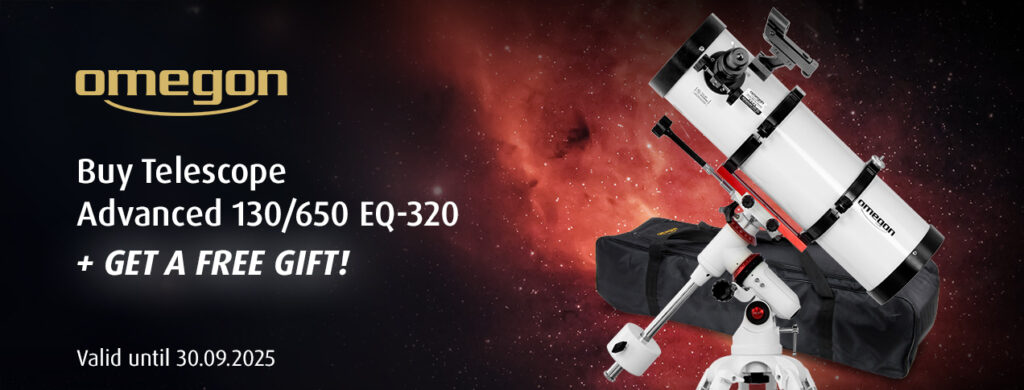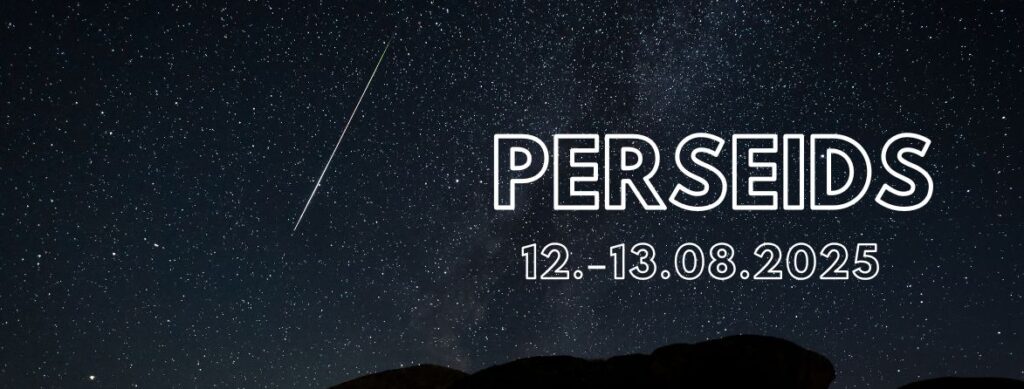Between August 15 and 31, the morning sky puts on its best show: Six planets line up in a row. A celestial highlight you shouldn’t miss. Especially great for beginners: four of them are visible to the naked eye, and the others can often be spotted with just binoculars or a small telescope.

Venus and Jupiter are competing in brightness. In mid-August, they appear close together, with their closest encounter happening on the 12th. Saturn shines with a steady golden-yellow glow, while Mercury is best seen around August 20. With binoculars, you can also spot Uranus and Neptune. If you have a telescope, you’ll be able to see even more detail.
The best time to observe: in the morning, about 1 to 1.5 hours before sunrise. With a bit of luck, you might also catch some shooting stars, as the Perseids are also active.
So grab your binoculars, align your telescope, and enjoy the spectacle while it’s visible in the sky.
Telescopes, a pair of binoculars or a star field viewer and other suitable accessories for your observation are of course available from us – feel free to browse through our products. Thanks to our fast shipping, in-stock items will arrive at your home within a few days.



